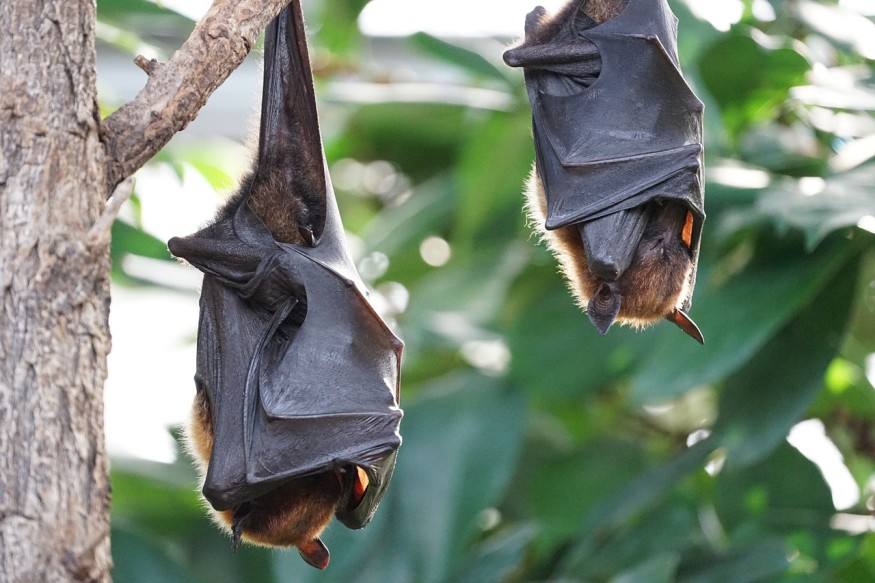
There are some animals that are capable of transmitting rabies, which means that it is crucial to be cautious around them.
Rabies
Rabies is a viral and zoonotic condition that affects the central nervous system. When clinical symptoms surface, the condition results in a virtually 100% fatality.
The condition is preventable by vaccines. When it comes to spread, rabies infects people and animals through saliva, which is usually passed through scratches, bites, or direct mucosa contact. Children from ages 5 to 14 years old tend to be most affected.
Rabies is a neglected tropical disease (NTD) that mostly affects the poor, vulnerable, and marginalized. While there are immunoglobulins and human vaccines for rabies, these are usually not as accessible and available to those who need them.
ALSO READ: Moose in Alaska Tests Positive For Rabies, Marking the First Case of Its Kind in the State
Animals That Transmit Rabies
While domestic dogs account for 90% of rabies cases, there are other animals that are affected and can transmit rabies.
Bats
For those in the US, bats are the most likely animals to transmit rabies. Among 89 cases of human rabies from 1960 up to 2018, 62 cases were found to be caused by the bites of bats. On top of this, in 2021, 1,241 were found to positively test for rabies.
Bats can transmit rabies via scratches or bites. However, these tend to be small so they can go unnoticed. There are also those who are unaware of how bats can transmit rabies so they may not access medical assistance when they get bitten by these creatures.
Raccoons
Raccoons also transmit rabies, with four individuals in the US having raccoon-contracted rabies since the 60s. The spread of raccoon rabies began in the 80s and 90s along the seaboard at the east. It has then moved west since the year 2001.
Last 2021, 1,030 were found to test positive. This is significantly lower compared to the peak record of 5,912 in 1993.
These creatures can make their homes in attics and garages. They may bite people whenever they feel threatened. Rabies may be transmitted through these bites.
Skunk
Three cases of rabies related to skunks have been reported in Mexico, while there have been no reports in the last 30 years across the US. Despite this, the skunk population is still a potential rabies source.
In 2021, 691 skunks tested positive. Over half were from just six states, namely, North Carolina, Texas, Colorado, Virginia, Massachusetts, and Arizona. All the eight native species of skunk across the US can end up with rabies.
Foxes
Just last spring, panic surfaced in New York due to a rabid fox biting six individuals. The good thing is that no one got infected, thanks to immediate medical attention.
Nevertheless, this shows that rabid urban foxes pose a risk. Up to 314 foxes were found to test positive last 2021. Several carried fox strains, but there were others that also notably carried strains from bats.
Check out more news and information on Medicine & Health in Science Times.










